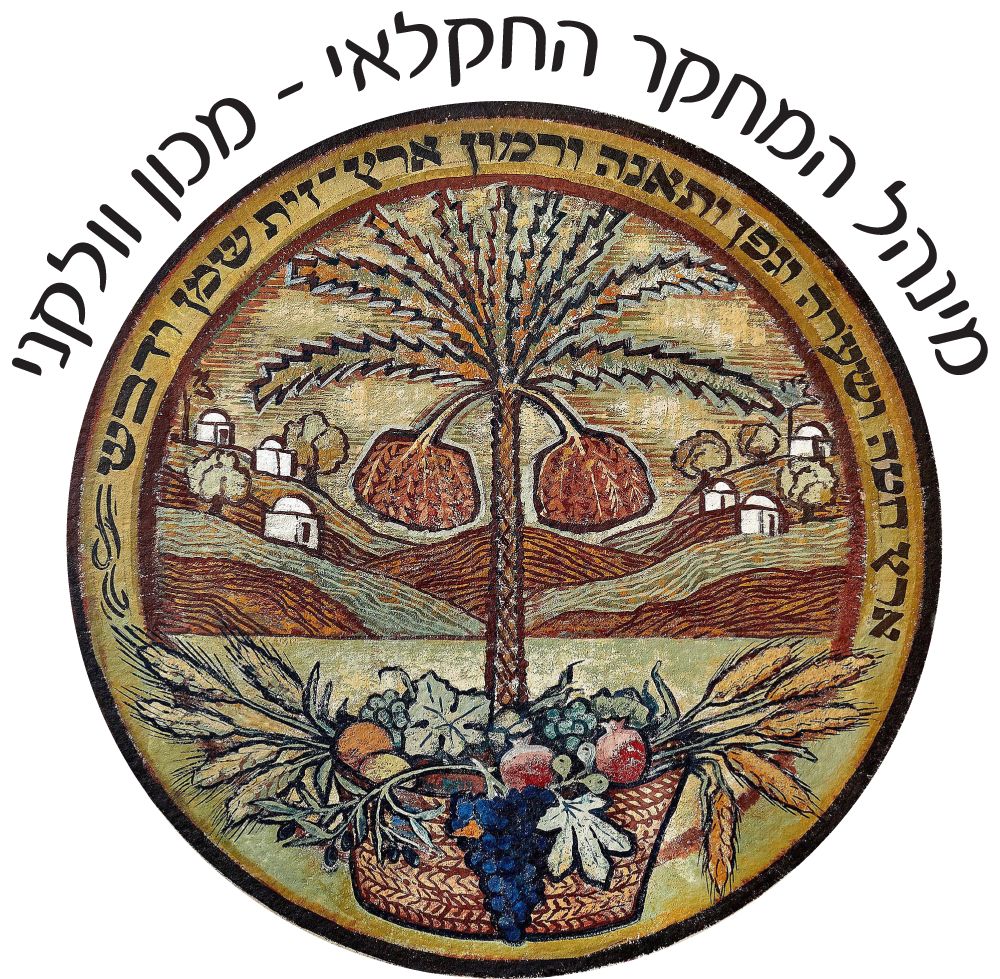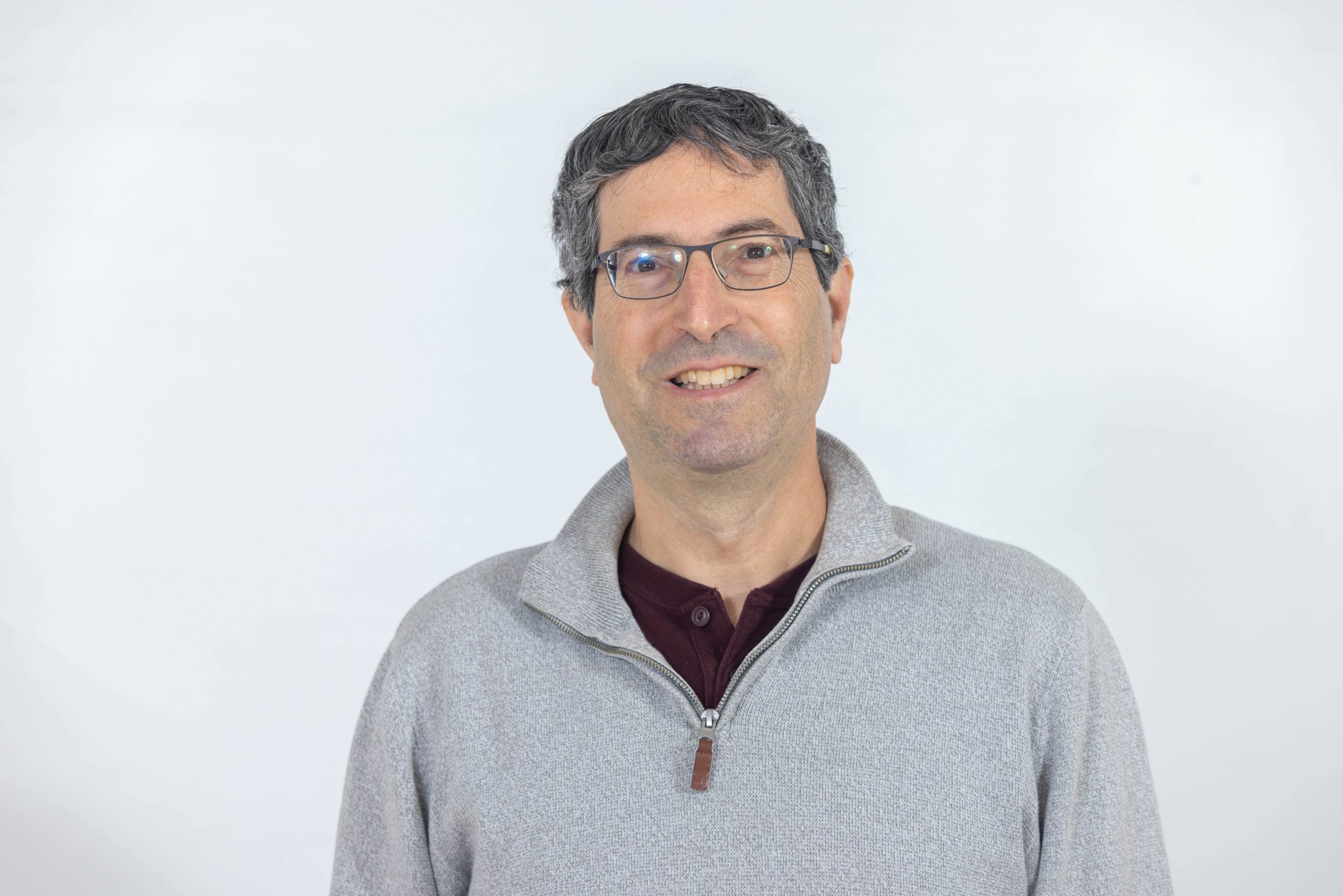Dror Sagi Ph.D.
- Institute of Animal Sciences
- Poultry and Aquaculture
- +972-547800846
Biography
I have a Ph.D. in physics from the Weizmann Institute, and already my Ph.D. I started to study biological systems and focused on the interaction of proteins with DNA. I went on to post doctorate training at Stanford University in the field of aging, with the laboratory model animal being the worm C. elegans. This is the simplest animal to study aging, because it has about 1000 cells, a lifespan of only two weeks and powerful molecular toolkit for mechanistic understanding. At the Volcani Institute, our lab is trying to establish the laying hen as a vertebrate model for aging. I switched to studying aging in vertebrates, because there are few good models for understanding complex animals. In addition, laying hens are of great importance to agriculture, so the lab’s research combines basic science with agricultural science.
Research Interests
Aging is one of the greatest mysteries in biology, and arguably one of our great challenges. Old age is the main risk factor for many diseases, including cardiovascular disease, cancer, and Alzheimer’s disease. Rather than facing each malady separately, extending the youthful part of life could significantly delay, if not eliminate, many of these diseases altogether. Further, extended youthfulness could contribute to our quality of life. Yet, aging regulation, notably in vertebrate systems, is still poorly understood. This is because aging is an extraordinarily complex process that defies many conventional rules in biology. Laying hens are unique in that they have been bred for extreme potency – laying an (unfertilized) egg a day all year long. This potency makes them an outstanding study animal to teach us new lessons about the general process of aging and fertility. Hens are also important to our nutrition, where the value of egg products is about US$250 billion annually, and the demand for chicken eggs is still rising. Therefore, increasing the persistency of lay benefits our nutrition, economy, and the environment. Our lab uses the laying hen as a model to study aging and fertility in vertebrates. We also apply computational methods to analyze publicly available data from human and mouse. On the experimental front, we combine molecular assays, such as untargeted metabolomics, or microbiome profiling with physiological readouts to study how different dietary schemes affect health and reproduction. We also study the importance of sleep on health and fertility, namely we study how synchronized chrononutrition affects reproductive aging and aging per se. In the microbiome context, we use recolonization of old hen’s gut with young bacteria to manipulate the gut microbiome and improve reproduction, durability, and, health.

